



Rare Earth Elements (REEs) are 17 vital metals used in modern technologies like electronics, renewable energy, and defense systems. Although India holds significant reserves, it depends heavily on imports—mainly from China, which dominates global production and processing. The ongoing trade tensions have highlighted India’s need for self-reliance in critical minerals. To address this, the government has launched initiatives such as the National Critical Minerals Mission, policy reforms under the MMDR Act, and incentives for refining, recycling, and magnet manufacturing. Strengthening domestic capacity, fostering international collaborations, and ensuring sustainable extraction are key to making India a global player in the rare earth sector.
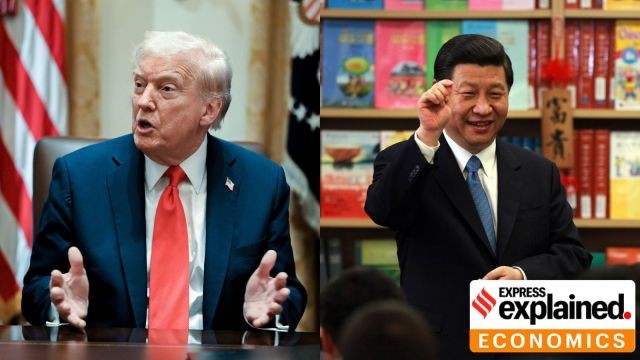
Copyright infringement not intended
Picture Courtesy: The Indian Express
US President Donald Trump announced that the US would impose a 100% tariff on Chinese goods, adding to the existing tariffs. He also banned exports of “critical software” to China.
Rare Earth Elements (REEs) are a group of 17 chemically similar metallic elements that are crucial for many modern technologies due to their unique magnetic, luminescent, and electrochemical properties. For e.g.: Lanthanum (La), Cerium (Ce), Praseodymium (Pr), Neodymium (Nd), Promethium (Pm).
What is trade war?
A trade war is an economic conflict between countries where each side imposes tariffs (import taxes) or trade barriers on the other’s goods and services. It usually begins when one country tries to protect its domestic industries or punish another for unfair trade practices, leading to retaliation and escalating economic tension.
|
Measure |
What it does / targets |
Relevant Data & Details |
|
National Critical Mineral Mission (NCMM) |
A mission launched in 2025 to cover the full value chain — from exploration, mining, processing, to recycling. Encourages private investment, opens up regulatory reforms. |
Outlay of ~ ₹16,300 crore; expected investment ~ ₹18,000 crore by PSUs. Exploration: ~1,200 projects by 2030-31. (Source: ETAuto.com) |
|
Regulatory Reforms via Mines and Minerals (Development and Regulation) Amendment Act, 2023 |
Changes to mining laws to enable private / foreign participation; removes several minerals from restrictive atomic minerals list; introduces new exploration licence categories; reverse bidding etc. |
100% FDI allowed under automatic route for exploration/mining of metal and non-metal ores. Auctions of 13 blocks across 8 states for critical minerals. (Source: mint) |
|
Incentive Schemes for Rare Earth Magnets & Magnets Production |
Schemes being introduced/offered to boost domestic magnet production (NdFeB etc.), setting up integrated manufacturing units, capital subsidies, sales-linked incentives. |
A ₹7,300 crore scheme to incentivize rare earth magnets manufacturing approved. Under this scheme: 5 integrated REPM (Rare Earth Permanent Magnet) units will be supported; units may have 600-1,200 tonnes/year capacity. Capital subsidy 15% on eligible investment after 1 April 2025. Also, a ₹3,500-5,000 crore incentive scheme proposed for rare earths & their magnets. (Source: The Economic Times) |
|
Customs Duty Rationalisation & Import Duties |
Removal / reduction of duties to reduce costs; duty exemptions on critical mineral scraps / waste; facilitating import of machinery required for processing/magnet manufacturing. |
E.g., in Budget 2024-25, customs duties removed on waste/scrap of twelve critical minerals including cobalt, antimony etc.; policy for recovery from tailings. Tariffs on machinery imports to support magnet manufacturing are under consideration. (Source: Reuters) |
|
Recycling / Secondary Sources |
Schemes to extract critical minerals from battery waste, e-waste etc.; recovery from mining tailings, fly ash, red mud; recycling as quicker route to domestic supply. |
An approved ₹1,500 crore scheme to promote extracting critical minerals from battery waste, e-waste; target ~270 kiloton annual recycling capacity, yielding ~40 kilotonne per year of critical minerals. (Source: mint) |
|
Exploration & Auctions |
More mineral blocks opened via auction; increased exploration (onshore/offshore), relaxed rules for reconnaissance, prospecting; state involvement; Geological Survey of India (GSI) activity. |
195 projects in execution 2024-25, 227 approved for upcoming year. Auctions: 13 critical mineral blocks across 8 states. GSI to run 1,200 exploration projects by 2030-31. (Source: ETAuto.com) |
|
Demand Support & Buffer Stocking |
Proposals to guarantee demand via offtake agreements, create “magnet buffer stock,” incentives tied to sales, etc. These help reduce risk for investors. |
Report recommends: long-term price assurance for NdPr oxide / NdFeB magnets; structured offtake agreements; setting up buffer stock. (Source: The Times of India) |
|
Private Sector Participation & Institutional Role |
Encouraging private firms into downstream segments (manufacturing, magnets etc.); public sector Indian Rare Earths Ltd (IREL) scaling; Centres of Excellence; academia-industry linkages. |
IREL expanding role; private players like Sona Comstar, Vedanta, etc. shown interest. Magnet Innovation Hub etc. proposed. (Source: The Times of India) |
Source: The Indian Express
|
Practice Question Q. Discuss the implications of the U.S.–China trade war on the global rare earth minerals supply chain. How has it created both challenges and opportunities for India? |
Rare Earth Elements are a group of 17 metallic elements (including 15 lanthanides + scandium + yttrium) that have unique magnetic, phosphorescent, and catalytic properties used in advanced technologies — like electric vehicles, smartphones, wind turbines, and defense systems.
They are not truly rare in quantity, but rare in concentration — they rarely occur in economically mineable deposits and are difficult and costly to separate due to their similar chemical properties.
China dominates with around 60–70% of global mine output and nearly 85–90% of global refining and processing capacity (as of 2024–25).
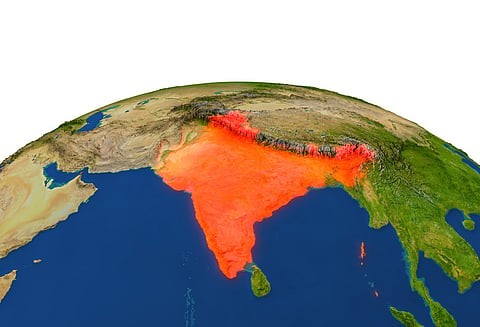
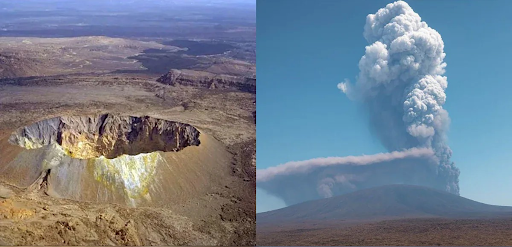
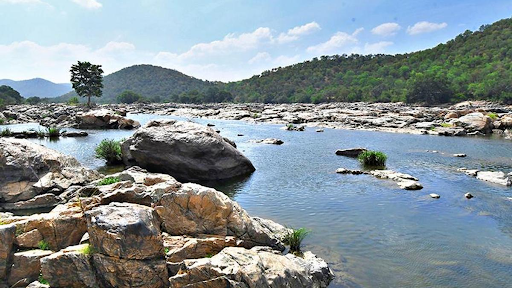

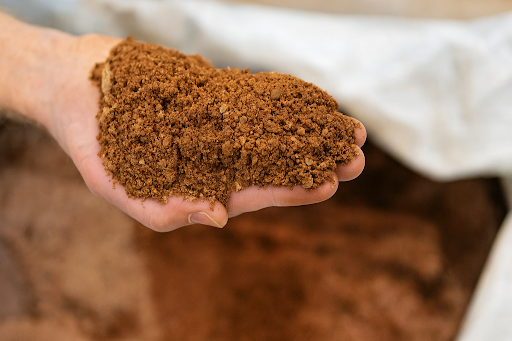

© 2025 iasgyan. All right reserved